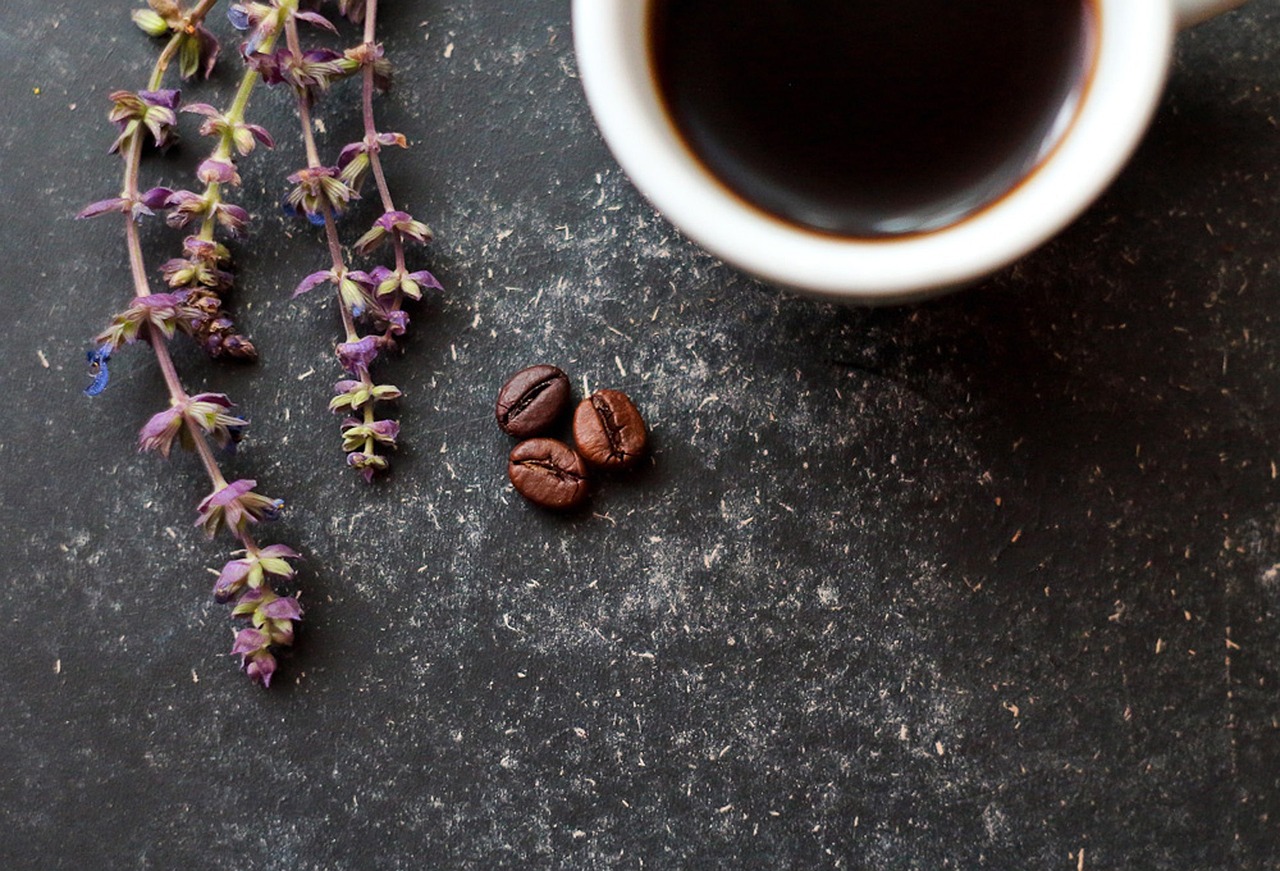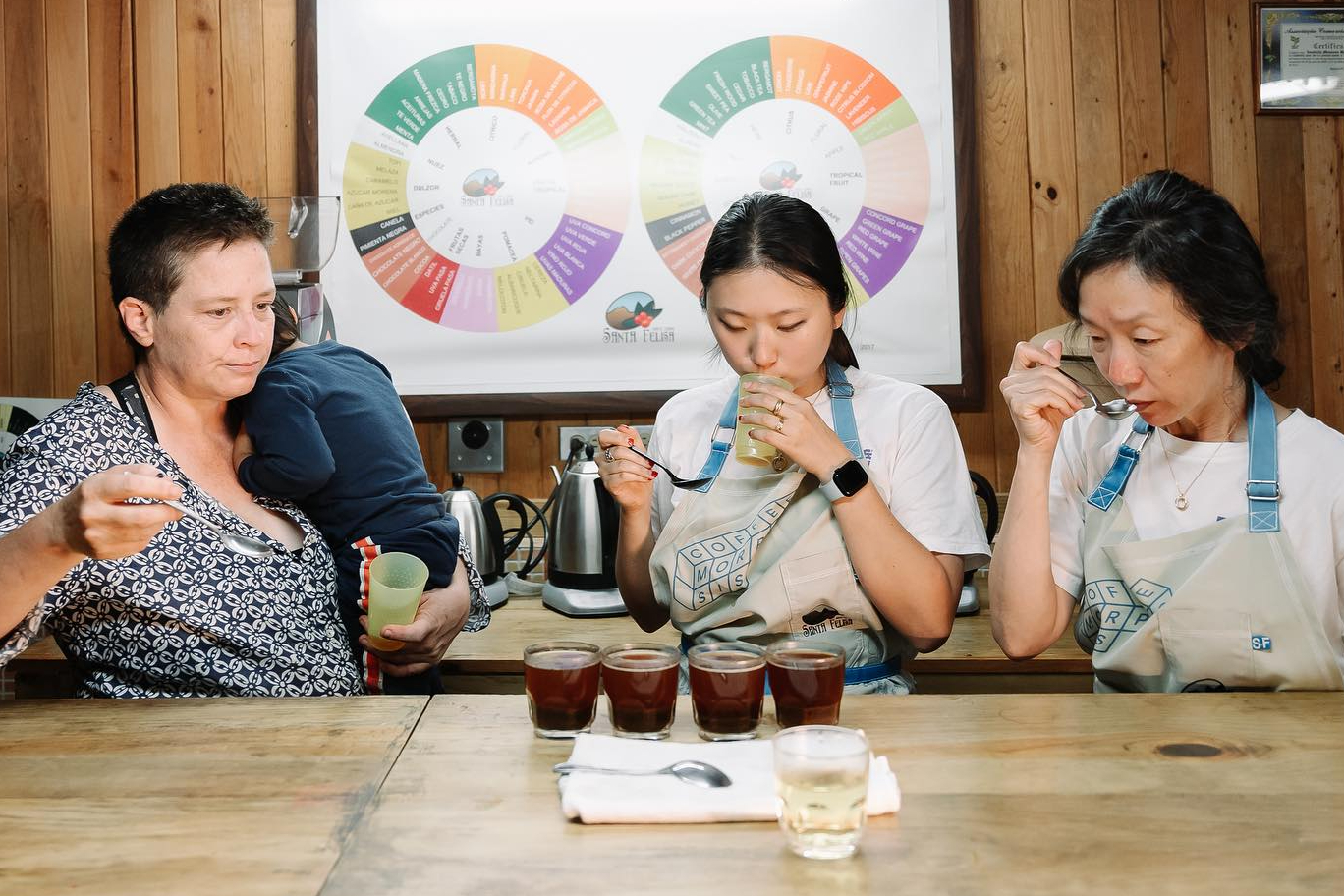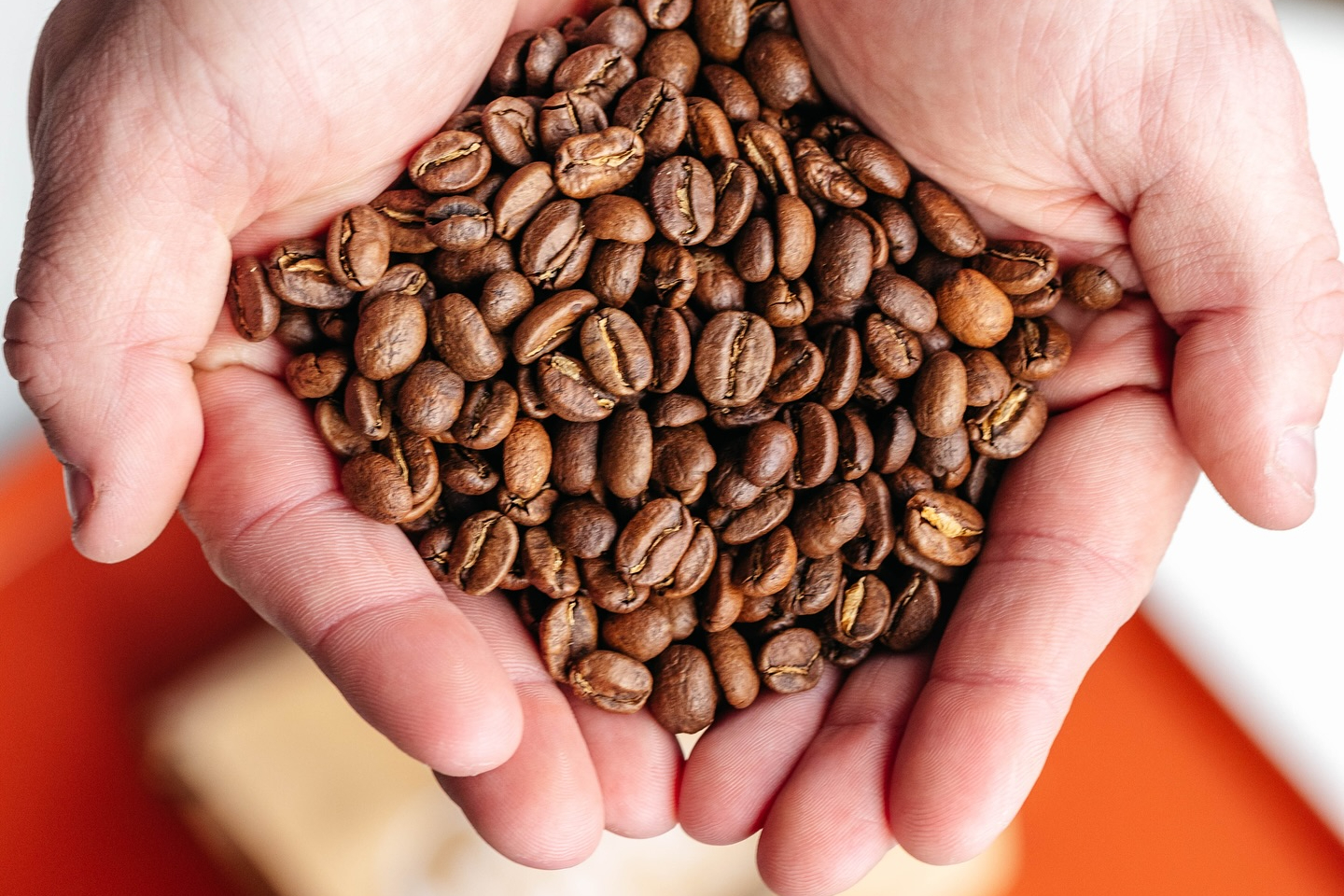
Coffee tastes change with the year, not unlike fashion movements and top cocktail trends. While 2023 may have been owned by the espresso Martini (yawn), 2024 is promising something different. In fact, there’s a lot to look forward to in the world of premium roasted beans.
What in particular? Everything from specialty equipment and equity among growers to climate-specific varieties. We reached out to a couple of industry pros to get the 101 on all things craft coffee to look forward to in 2024.
Specifically, we chatted up a pair of esteemed NYC coffee brands — Bean and Coffee and Partners Coffee. We came away with some thoughtful predictions of what to expect in your favorite mug for the remainder of the year.
Here are the top ten coffee trends to expect in 2024.
Coffee memberships
Olivia Laskowski is the marketing lead for Partners Coffee. She says coffee is a daily ritual, and companies are looking for fresh ways to strengthen the bond between customer and cup. “There are so many options out there for coffee, and one way we see companies handling this reality is through memberships, particularly paid ones,” Laskowski says. “This could look like a monthly drink subscription or a ‘paid-perks’ program. In our case, we’re planning to launch a paid membership that allows us to reward our most loyal customers with extra perks.”
Organic coffee
“Interest in organic coffee is certainly nothing new. However, the availability of certified organic coffee is still catching up with consumer demand,” Laskowski says. “Customers are more actively seeking out organic coffees and developing a comfort with paying the necessary price premium for them.”
Of course, it’s easier said than done. “On the availability side, offering organic-certified coffee isn’t that simple,” she continues. “Careful management and record keeping are necessary at every stage from farm to cup for organic certification. There is a possibility that many roasters are already offering organic coffees, and the documentation is the piece that hasn’t caught up yet. Beyond sourcing, there are also steps you have to take during the roasting and production process to be able to label something as organic. This is something that Partners has been working towards for a long time and hoping to deliver soon from our new warehouse.”
Back-to-basics brewing tools
“As consumer interest in specialty coffee has grown, we’ve seen a huge boom in coffee education across social media, causing a huge explosion of tips, tricks, and eventually tools for the home brewing market,” Laskowski points out. “It seems like every week there’s a new ‘must-have’ tool to perfect your home coffee set-up. Not only are there tons of tools coming out, but some are getting increasingly more expensive to purchase.”
So where does this naturally lead? Back to simplicity. “As coffee novices become more comfortable and experienced, we may go back to the basics,” she says. “Tried-and-true tools will outlast the gadget of the week, and perfecting and iterating on classic brewing methods will be a focus.”
Think of things like a good old-fashioned French press, a quality stirring spoon, a pour-over cup, and more.
Female producers
“There are so many reasons that consumers are seeking out women-produced coffees, and their availability is always increasing,” Laskowski says. “Lots of coffee companies are offering and marketing their women-produced coffees as such or debuting new offerings with this focus. Historically, the coffee industry has been regarded as a bit of a boy’s club despite how big of a role women play globally in coffee production. As more women enter the industry at all levels, it puts a bigger focus on purchasing, supporting, and marketing women-produced coffees. As online coffee content brings new people into the specialty coffee industry, doors open for a new mix of consumers who want offerings from more diverse perspectives.”
Grower equity
Jiyoon Han is the co-founder of Bean and Bean. She believes fairness will continue to be a big theme, especially in an industry with a fair amount of separation and work between the origin (the farm) and the final product (what’s served at the shop). There is a notable industry shift towards prioritizing equitable value distribution, underscored by the recently released Coffee Value Assessment from the SCA,” she says.
This big-picture way of looking at coffee not only rewards a great product but also evaluates the entire production chain and designates value without bias. It’s a broader look at sustainability, looking past environmental impact and into social and economic impacts as well.
Home barista set-ups
“On the consumer side, the momentum built in the home coffee sector during the Covid era is expected to endure,” Han says. “There’s a sustained increase in demand for home barista set-ups, ranging from entry-level options such as the Breville Bambino espresso machine to higher-end choices like the La Marzocco Micra.”
In the same way that culinary-minded folks like to frequently make their own meals at home, coffee fanatics will do the same, looking to mimic that favorite barista creation in their own kitchen.
Elevated food menus at coffee shops
“At the retail level, coffee shops are either opting for leaner set-ups or embracing a comprehensive approach by integrating food menus,” Han continues. “Simultaneously, a distinctive trend is emerging with cafes incorporating cultural elements, be it Danish, Korean, Vietnamese, or Japanese. These establishments infuse cultural nuances into their offerings, reflecting in their drinks, menus, or the overall design of the space.”
In short, consumers increasingly want immersive experiences, and with coffee, that will likely mean more pairing options and interesting house-made snacks built to play off of the caffeinated options.
New fermentation methods
The coffee fermentation process is an important one, allowing the molecular structure of the beans to evolve and, when executed well, offering improved aromatics and flavors. Like wine, these methods can vary wildly and create vastly diverse results. “On the coffee production side, at the origin level, there is continued exploration of diverse coffee processing methods featuring unique fermentation approaches,” Hoon says. “Some examples include anaerobic fermentation, where coffee cherries ferment in the absence of oxygen; carbonic maceration, involving controlled fermentation in a carbon dioxide-rich environment; and various types of honey processing, where some fruit pulp is intentionally retained during drying to impart distinct flavors.”
Fairer coffee competitions
“There’s a growing movement to make coffee evaluations on a level playing field,” says Han. “For example, Brazil’s 2023 Cup of Excellence competition categorized its coffees as natural, washed, or experimental for the first time. Whereas before a natural processed coffee would blindly be scored alongside a washed coffee, now the evaluation is being done like-for-like, with naturals compared to other naturals, and washed coffees assessed against their counterparts.”
This will no doubt add to equity in the industry and give consumers a clearer idea of what they’re after.
Climate-resistant varieties
“The cultivation of climate-resistant coffee varieties is increasing, offering resilience to changing weather patterns,” Han says. “Some examples of climate-resistant Arabica variety include Lempira originating from Honduras, and Marsellesa developed in Colombia.”
Farming continues to adapt across the board to a warming planet, and coffee is no different. “Coffee production is expanding into regions traditionally unrelated to cultivation. Areas with higher altitudes or evolving climates are becoming viable for coffee farming,” Han says.
Not wired enough yet? Check out our best coffee beans feature and story on the many health benefits of coffee. We even have some great coffee cocktails if you feel like some get-down to go with your uppers.












